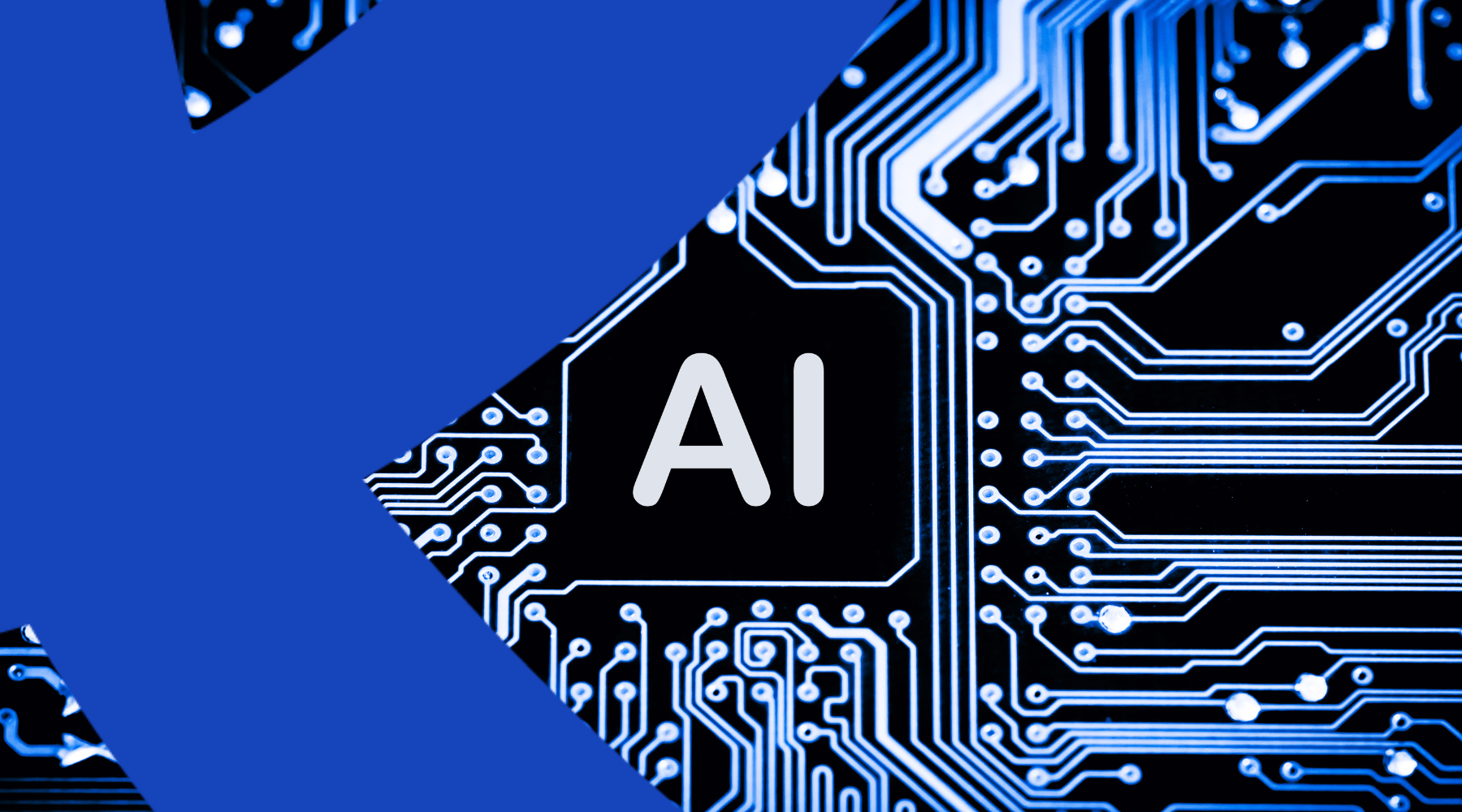How Kinase uses and develops AI
AI is transforming digital marketing. What is Kinase’s approach, and how is AI used at the agency?
Kinase grew by early adoption and rigorous testing of AI tools. Today, we test and also build AI-powered tools to get the most for our clients.
Early adoption
Kinase has always been in the forefront of testing AI-powered digital marketing levers. Smart bidding, for example, is a complex set of options and targets, and we test the right combination of tools for an account and a campaign.
The development of attribution modelling (with data driven attribution), AI creative testing, and online to offline testing via predictive models, also transformed what we could do with digital for the businesses we work with. We also work with AI tools such as image recognition and categorisation for Shopping feeds, using these in bespoke ways for our clients’ needs.
Below are some key focus areas where Kinase has developed its focus on AI.
Forecasting
Our tech team have developed forecasting tools and predictive models using Big Query ML and Google’s Vertex AI. These are crucial when first party or other original data sources can boost optimisation and provide new data a platform like Google Ads doesn’t have access to.
Attribution
Data driven attribution models are widely available in-platform - but more bespoke models with more data can sometimes work better. We tested AI Attribution with Lovehoney. The result was a £59k uplift in incremental revenue, and the overturning of assumptions about which product categories were ultimately driving sales. Find out more.
Shopping
For Shopping campaigns, AI is now incorporated into Google’s Merchant Centre Next. This allows for image upgrades, including resolution and new backgrounds and visual settings for products.
AI can also be used to pre-empt problems - for example, Kinase has used Google’s Cloud Vision image recognition system to grade product images to pre-empt disapprovals.
Media Mix Modelling
Kinase’s Media Mix Modelling analyses the impact of various media, organic, and contextual variables on topline KPIs (leads or revenue). It then produces saturation curves for paid media channels, and applies an optimisation algorithm to calculate the optimum budget allocation.
Continuous reporting capabilities provide new recommendations readily as new data becomes available.
Predictions are calibrated with incrementality testing, for much more accurate future predictions.
The Kinase approach to AI
We test AI tools and solutions, we don’t just believe in AI as a magical solution.
We use generative AI and ML models as tools - we understand the control mechanisms, prompts, and re-iterative processes needed to align these tools with business objectives.
We will test - and if necessary reject - AI solutions if they are bad for a campaign or objective. For example, AI generated images and videos in-platform don’t work for every brand.
Read more from Kinase about AI
Generative AI for marketing - our think piece.
Reviewing Google’s Product Studio capabilities, and AI tools for marketers.
Understanding the rise of AI powered search.
Should you invest in AI-driven ad formats?




